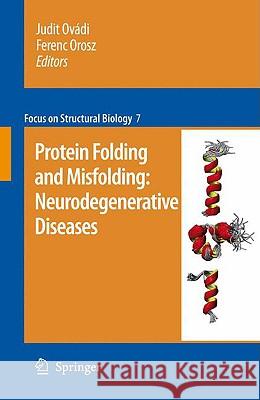Protein Folding and Misfolding: Neurodegenerative Diseases » książka
Protein Folding and Misfolding: Neurodegenerative Diseases
ISBN-13: 9781402094330 / Angielski / Twarda / 2009 / 278 str.
It was twenty ?ve years ago this year that for the ?rst time a protein under- ing a form of human cerebral amyloidosis, the Icelandic-type hereditary cerebral haemorrhage was identi?ed. This, together with the recognition that an amino acid substitution can transform the wild type cystatin C into a disease-associated amyloid-forming protein in this condition, was only a prelude to a series of imp- tant discoveries that followed. As a result, pathologically altered proteins have been brought into the centre stage of research into the pathomechanism of a n- ber of neurodegenerative diseases, which include epidemiologically such important conditions as Alzheimer's disease or Parkinson's disease and, among others, also the transmissible spongiform encephalopathies, Huntington's chorea, spinocereb- lar ataxias, frontotemporal lobar degenerations and amyotrophic lateral sclerosis. Despite the diversity in the amino acid sequence of the different proteins involved in these neurological diseases, one of the common themes underlying the patho- chanisms of all these conditions is protein misfolding, aggregation - hence the term protein folding disorders -, which can trigger cascades of events ultimately resulting in synapse loss and neuron death with devastating clinical consequences in many of the most precious spheres of human existence including personality, cognition, memory, skilled movements and affection. It is always a challenging task to unite the different topics of the individual ch- ters into a common theme in a multi-author volume, but the current book edited by Judit Ovadi and Ferenc Orosz ?ts this task admirably.











